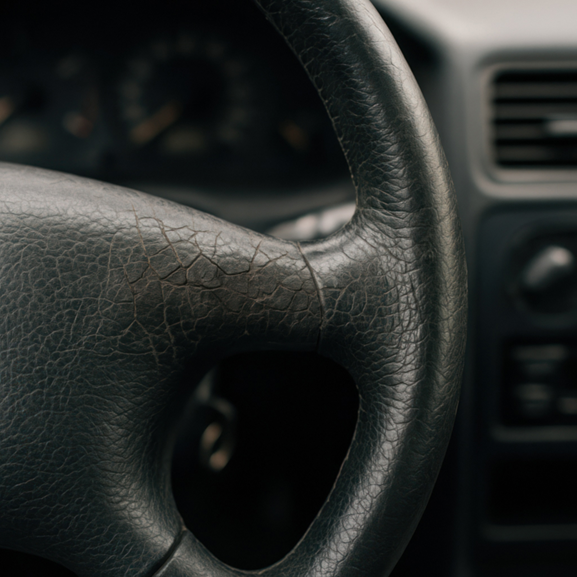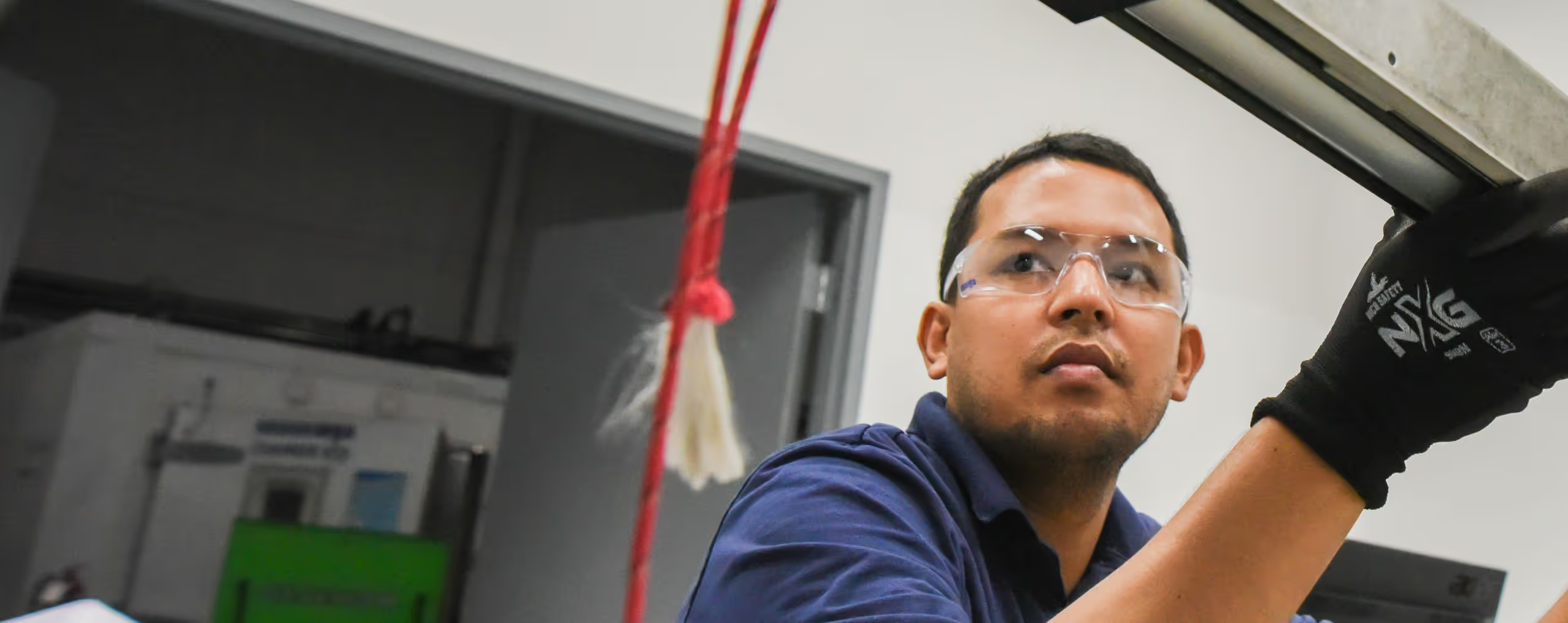Why Sunlight is the Most Destructive to Automotive Materials
Nov 7, 2025

It is well known that the sun can be harmful. People wear sunscreen to protect themselves, relax in the shade to stay cool, or stay inside completely if needed. While people can enjoy the luxury of avoiding the sun, our vehicles cannot always do so, and therefore are vulnerable to its harsh effects.
So, What is Sunlight?

“Sunlight” consists of three different spectra of light: visible, infrared (IR), and ultraviolet (UV). In automotive applications, each one serves a different purpose. Visible light is how we perceive objects and what we see; therefore, accurate sunlight simulation is essential for color accuracy. IR radiation is the heat component of sunlight, which can raise surface temperatures above 100°C in direct sunlight. Lastly, UV radiation is invisible and imperceptible to humans, but its effects are clear in faded signs and cracked paint.
In terms of destructive potential, UV radiation is the most harmful to automotive applications. UV rays can be divided into three categories: UVA, UVB, and UVC. UVA and UVB have the greatest impact on automotive applications. These UV rays are not filtered by the atmosphere and attack the paints and plastics used in automotive applications. UV rays penetrate paints and polymers, causing them to break down.
In paint applications, UV effects are usually seen as discoloration or fading. This process (photodegradation) occurs when UV rays pass through the clear coat, and paint molecules absorb photons, triggering chemical reactions like oxidation, bond cleavage, and fragmentation.
What Does This Mean for Automotive Materials?

For plastics, UV exposure effects can be even more significant. The same mechanisms that influence paint also impact plastic polymers. The key difference is that plastic trim has more structure than paint, which leads to the breaking down of molecular bonds, ultimately causing a complete loss of strength. Over time, trim will turn yellow or fade, crack, and eventually lose its mechanical strength, resulting in embrittlement.
Automotive manufacturers recognize this and work to develop products that can withstand the elements. Stabilizers, clear coats, and new materials are some methods used to extend the finish and quality of parts. To test these new solutions, manufacturers perform simulated solar testing to see how products respond to the UV radiation and heat from the sun. This helps consumers feel more confident in their vehicles, knowing that the interior materials have been tested for quality.

How We Can Help
With decades of experience in solar testing, MGA continues to deliver reliable, data-driven results that help manufacturers ensure long-term material performance. From IR and Xenon/Carbon Arc to full spectrum testing, our capabilities replicate real-world solar exposure to validate both interior and exterior components.
Explore our full range of testing services here, or contact us today to discuss your specific testing needs.

Ready to Get Started?
Let's discuss your testing needs and how MGA can help. Our team is ready to provide the expertise and solutions you're looking for.
